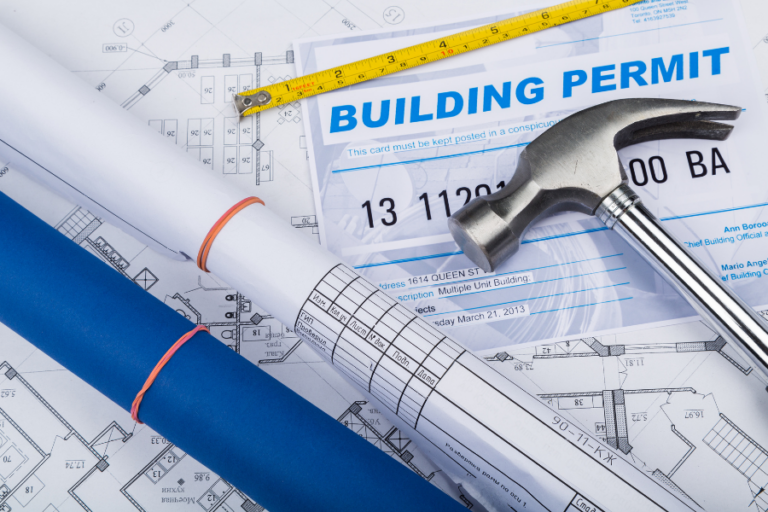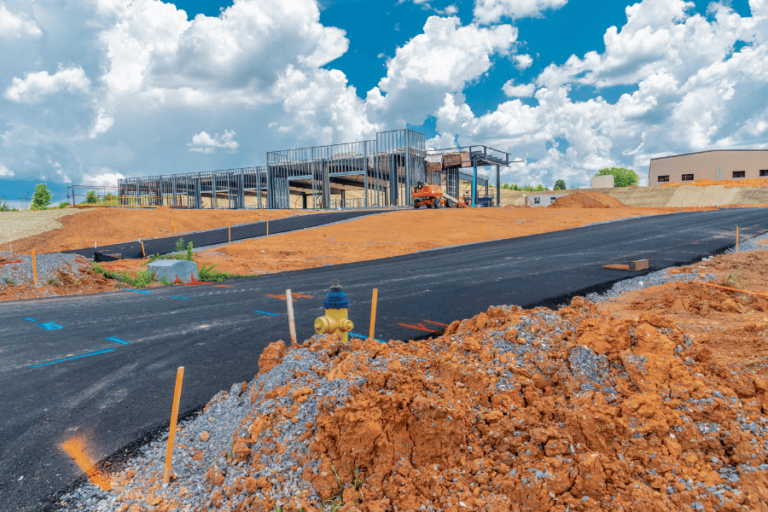A Guide to Commercial Site Planning
In the industry of commercial site planning, effective site planning is the cornerstone of creating flourishing business spaces. Whether you are beginning to work on a new project or furnishing an existing site, thoughtful planning and execution are vital to achieving the desired results. This guide is highly resourceful for architects, developers, and project managers who are setting foot in the world of site planning.
A Guide to Commercial Site Planning
With this guide at your disposal, you can move through the complex situations in commercial site planning and, therefore, unlock the potential for long-term success. The knowledge present in this guide will prepare you for creating impactful commercial spaces that can withstand the test of time.
What Is Commercial Site Planning?
It is the process where the architect has to organize the entire layout of the site, including the accessibility of the plot, gradients and drainage, and privacy. It displays the positioning and location of each structure on the land. Components such as drainage, tree cover, and slopes are carefully considered.
The site planning needs to be done at the beginning because it provides the main idea for the architect, and therefore, he is able to guide the builders well throughout the construction process. It is thoughtful planning that has allowed commercial construction in Birmingham to be the benchmark in this industry.
Zoning Regulations
Zoning regulations are considered one of the most important pillars of commercial site planning. You must understand the local zoning and land-use regulations of the area. This would help you determine the setbacks, uses, restrictions, and other parameters needed for a project’s success. By understanding these, you can create the design while respecting the surrounding environment and regulations.
Site Analysis
Carefully analyzing the site is an essential phase of planning. You would need to take the land’s physical attributes, the site’s topography, infrastructure, and soil conditions into consideration. You would have to make strategic decisions where you would have to be mindful of opportunities and setbacks. A thorough site analysis would enable you to come up with the right strategies to develop a successful site plan.
Environmental Influence
In the modern architectural industry, the influence of the environment is taken seriously, and hence site plans are made according to the environmental conditions. Your project can only be successful if you incorporate sustainable practices that reduce the chances of negative environmental effects. In addition, encouraging green buildings and using renewable energy resources would only elevate the project’s value and could be beneficial in the long run.
Land-To-Building Ratio in Commercial Site Plans
The land-to-building ratio may not be significant in residential site planning; however, it is of great importance in a commercial site plan. You would need to begin by determining how you could utilize the available land and effectively allocate spaces for buildings, parks, malls, and others. An adequate land-to-building ratio provides an aesthetic outlook and attracts business to the local community.
Furthermore, planning the right land-to-building ratio makes way for cost optimization. This means that if you successfully utilize the land, you could reduce the construction cost and maximize the profit on the investment.
Floodplain Management
Another key aspect of commercial site planning is managing the site in situations such as floods. You must plan accordingly so that the risks of flooding are minimized. Recently, climate change has become a serious threat; when the climate intensifies, natural disasters get severe, including floods.
Therefore, effective floodplain management strategies are to be carefully considered to protect human lives and commercial assets. When you begin working on flood management strategies, you must begin by looking at flood hazard maps and hydrological studies. These would reveal the areas that could be at risk of flooding, enabling you to make decisions accordingly.
General Engineering Design
General engineering is a valuable component of commercial site planning. It plays a crucial role in transforming the entire project into a functioning, successful development. General engineering places emphasis on infrastructural design, technicalities, and feasibility. Furthermore, it ensures that the site is safe and functioning and provides charm for businessmen to invest.
Hydrography
Hydrography is another vital aspect of commercial site planning that needs to be considered. It requires you to assess and understand the existing water bodies, such as lakes, rivers, and streams, in the developing area. This enables you to understand the hydrological behavior of the area, along with the risk of flooding and the effects of water bodies on the area.
You must also understand the water supply in the developing area. This means you would have to plan a reliable source of water for the developing operations and the locals. You would also need to look at the water availability situation and discover an alternate source in difficult times. Furthermore, plans regarding water conservation would also need to be planned for the efficient use of water.
Cultural Considerations
As an architect, you must also consider the historical and cultural value of the land you are about to develop. In such situations, the right approach must be taken; otherwise, there is always the risk of wasting a large investment on land that cannot be used.
After understanding the historical and cultural importance of the land, you can plan accordingly. In cases where there is a historical site, you would not be approved to run through the location. If the land has cultural value, you cannot develop it since the locals would show their disapproval.
Contact Valenti Construction In Birmingham
Effective commercial site planning is crucial for the success and sustainability of any business. By carefully considering factors such as location, accessibility, zoning regulations, and customer demographics, businesses can create a site that maximizes visibility, attracts the target market, and promotes a positive customer experience. A well-planned commercial site not only enhances the brand image but also optimizes operational efficiency, leading to increased profitability. For commercial construction in Birmingham, contact Valenti Construction.







